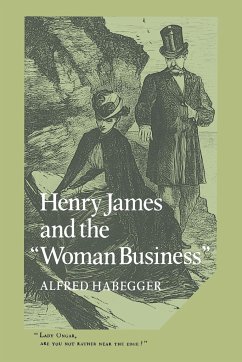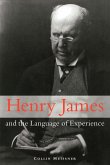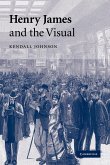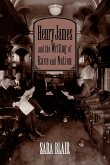This is a historical critique of Henry James in relation to nineteenth-century feminism and women's fiction.
This is a historical critique of Henry James in relation to nineteenth-century feminism and women's fiction. Habegger has brought to light extensive new documentation on James's tangled connections with what was thought and written about women in his time. The emphasis is equally on his life and on his fictions. This is the first book to investigate his father's bizarre lifelong struggle with free love and feminism, a struggle that played a major role in shaping James. The book also shows how seriously he distorted the truth about the cousin, Minnie Temple, whose self-assertive image inspired him; and how indebted he was to certain American women writers whom he attacked in reviews but whose plots and heroines he appropriated in his own fiction.
Table of content:
Acknowledgments; Abbreviations; 1. Introduction; 2. The lessons of the father: Henry James, Sr., on sexual difference; 3. Precocious incest: first novels by Louisa May Alcott and Henry James; 4. The chains of literature: Elizabeth Stoddard and Henry James; 5. Anne Moncure Crane Seemuller: Henry James's Jocasta; 6. Minnie Temple's death and the birth of Henry James's imagination; 7. The fatherless heroine and the filial son: deep background for The Portrait of a Lady; 8. The return of the father in The Bostonians; 9. Conclusion; Notes; Index.
This is a historical critique of Henry James in relation to nineteenth-century feminism and women's fiction. Habegger has brought to light extensive new documentation on James's tangled connections with what was thought and written about women in his time. The emphasis is equally on his life and on his fictions. This is the first book to investigate his father's bizarre lifelong struggle with free love and feminism, a struggle that played a major role in shaping James. The book also shows how seriously he distorted the truth about the cousin, Minnie Temple, whose self-assertive image inspired him; and how indebted he was to certain American women writers whom he attacked in reviews but whose plots and heroines he appropriated in his own fiction.
Table of content:
Acknowledgments; Abbreviations; 1. Introduction; 2. The lessons of the father: Henry James, Sr., on sexual difference; 3. Precocious incest: first novels by Louisa May Alcott and Henry James; 4. The chains of literature: Elizabeth Stoddard and Henry James; 5. Anne Moncure Crane Seemuller: Henry James's Jocasta; 6. Minnie Temple's death and the birth of Henry James's imagination; 7. The fatherless heroine and the filial son: deep background for The Portrait of a Lady; 8. The return of the father in The Bostonians; 9. Conclusion; Notes; Index.








